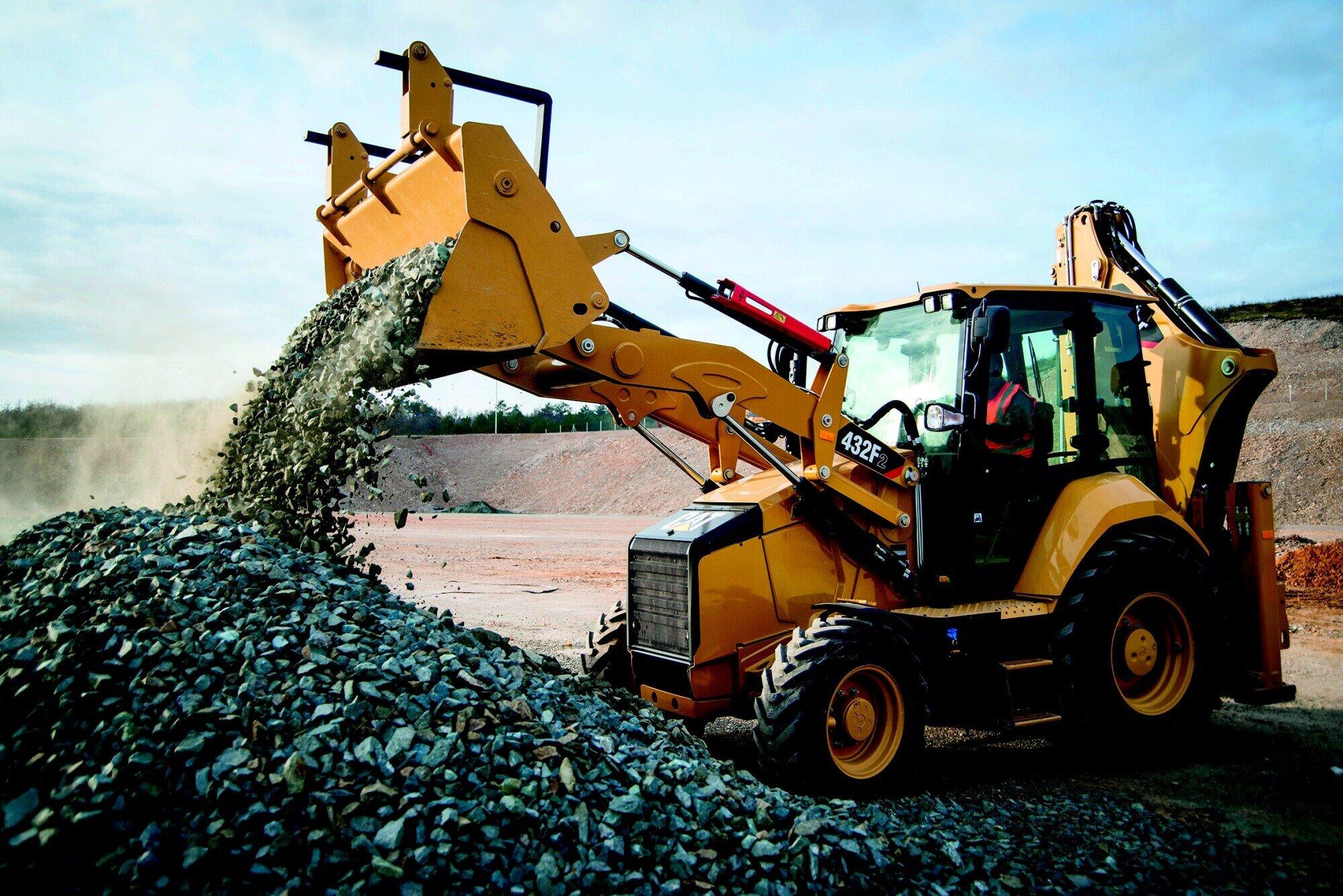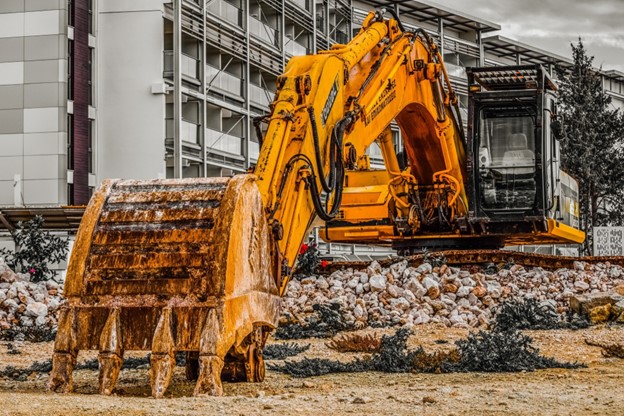Managing complex projects requires the right equipment to ensure efficiency, precision, and safety. Heavy-duty machines play a significant role in various industries, from construction and mining to infrastructure development. Selecting the appropriate machinery can greatly impact the success of your project by enhancing productivity and reducing operational challenges. Here are six types of heavy-duty machines that are indispensable for tackling intricate tasks.
1. Excavators
Excavators are versatile machines used primarily for digging, demolition, and material handling. They come in various sizes and configurations, including mini excavators for smaller tasks and large excavators for extensive projects. Equipped with different attachments like buckets, breakers, and grapples, excavators can adapt to a wide range of applications. Their hydraulic systems provide the power needed to perform heavy-duty tasks with precision. Modern excavators also feature advanced technology such as telemetry systems for remote monitoring and improved fuel efficiency. For those considering excavators, check HawkExcavator.com or similar providers to find models that fit your specific project needs. This ensures you select a machine that not only meets your operational requirements but also offers reliable performance and support.
2. Bulldozers
Bulldozers are integral for earthmoving tasks, such as grading, leveling, and pushing large quantities of material. Their powerful engines and robust blades allow them to handle tough terrains and heavy loads with ease. Bulldozers are commonly used on construction sites, mining operations, and land development projects. The ability to maneuver in tight spaces and perform repetitive tasks efficiently makes bulldozers a staple in heavy-duty operations. Modern bulldozers also come equipped with features like GPS systems for precise control and improved fuel efficiency, which enhance their performance on complex projects.
3. Cranes
Cranes are indispensable for lifting and moving heavy materials vertically and horizontally across a construction site. They come in various types, including tower cranes, mobile cranes, and crawler cranes, each suited for different project requirements. Tower cranes are ideal for high-rise building projects, providing the necessary height and reach to handle materials at significant elevations. Mobile cranes offer flexibility and can be easily relocated around the site, making them suitable for projects that require frequent repositioning. Crawler cranes, with their tracked bases, are perfect for rough terrains as they provide stability and mobility. Cranes enhance the efficiency of construction projects by reducing the time and labor needed to move heavy components.

4. Loaders
Loaders are designed to move materials such as dirt, gravel, and debris quickly and efficiently. They come in different forms, including wheel loaders, skid steer loaders, and track loaders, each offering unique advantages based on the project’s demands. Wheel loaders are ideal for tasks requiring speed and mobility, while skid steer loaders are perfect for maneuvering in confined spaces. Track loaders provide better traction and stability on uneven ground. Loaders are used for tasks like loading materials into trucks, clearing sites, and transporting materials over short distances. Their ability to handle a variety of materials and operate in different environments makes loaders a versatile tool for complex projects. Modern loaders are equipped with ergonomic controls and safety features, improving operator comfort and reducing the risk of accidents.
5. Backhoe Loaders
Backhoe loaders combine the functionalities of a loader and an excavator, making them highly versatile machines for various tasks. They feature a front loader for handling materials and a rear backhoe for digging and excavation. This dual functionality allows backhoe loaders to perform multiple tasks without the need for additional machinery, saving time and reducing project costs. They are commonly used in construction, landscaping, and utility work. The compact size of backhoe loaders also makes them suitable for projects with limited space, offering flexibility and efficiency in complex environments. Advanced models come with enhanced hydraulic systems and improved operator cabins, providing better control and comfort. Backhoe loaders also support a wide range of attachments, such as hydraulic breakers and augers, which expand their capabilities for different project needs.
6. Graders
Graders are specialized machines used to create flat surfaces and precise slopes, primarily in road construction and maintenance. They feature a long adjustable blade that can be finely controlled to achieve the desired grade and smoothness. Graders are essential for preparing surfaces for paving, ensuring proper drainage, and maintaining existing roads. Their ability to produce high-quality finishes makes them a critical component in infrastructure projects. Modern graders come with advanced features like automated blade control and GPS-guided systems, enhancing accuracy and reducing operator fatigue. These technologies allow for more precise grading, which is crucial for projects that require strict adherence to specifications.
Selecting the right heavy-duty machines is fundamental for the success of complex projects. By evaluating the capabilities and applications of these machines, project managers can make informed decisions that enhance efficiency, reduce costs, and ensure the timely completion of projects. Investing in the appropriate machinery not only streamlines operations but also contributes to the overall quality and safety of the work environment.










